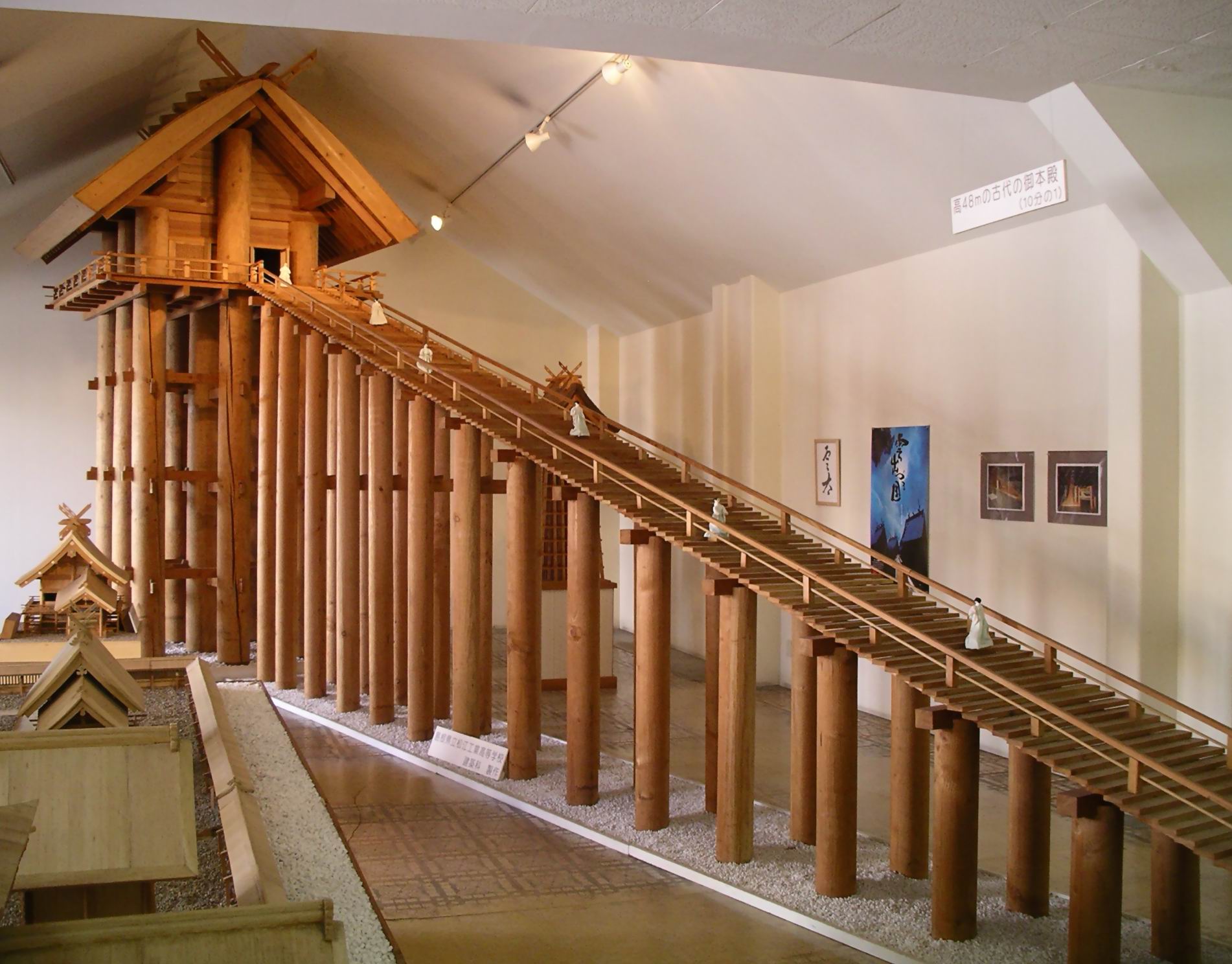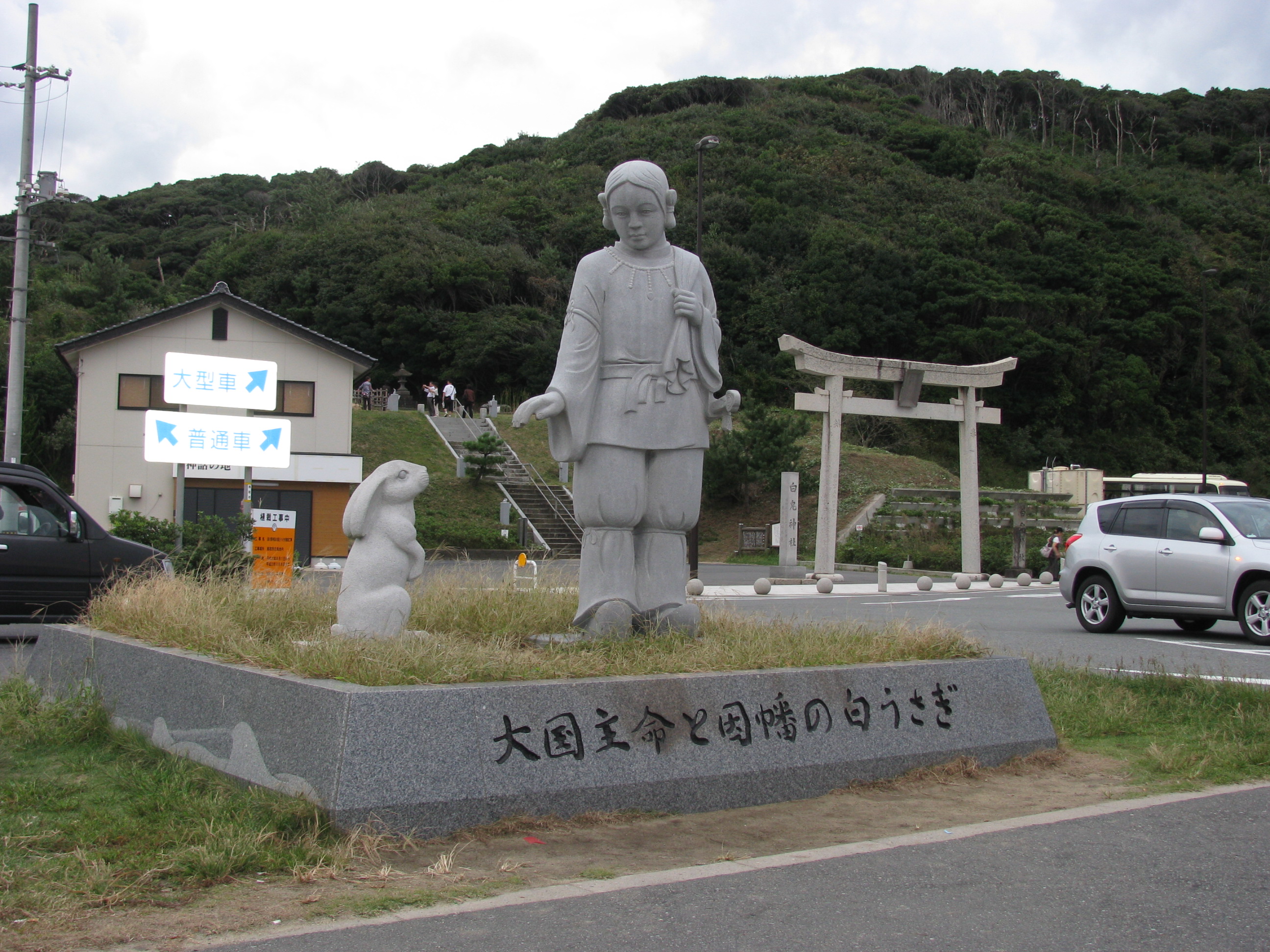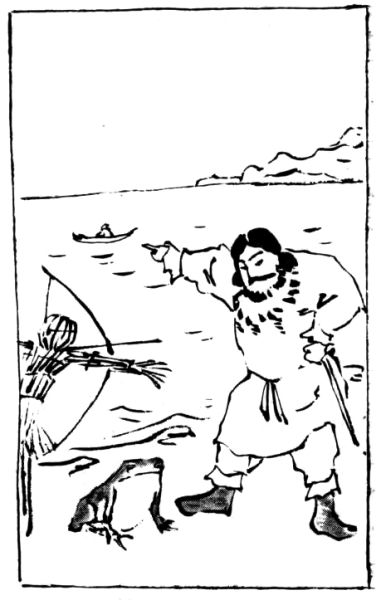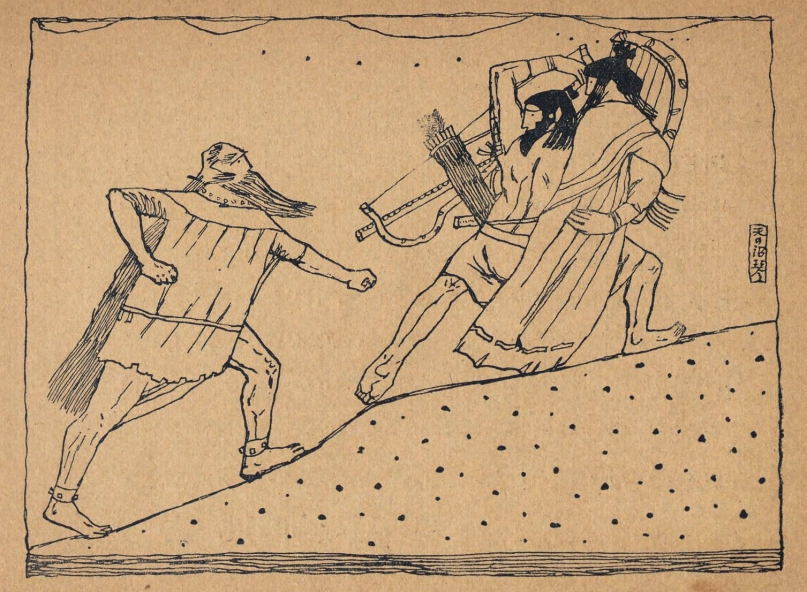Ōkuninushi no kami
Enlarge text Shrink textŌkuninushi (historical orthography: Ohokuninushi), also known as Ō(a)namuchi (Oho(a)namuchi) or Ō(a)namochi (Oho(a)namochi) among other variants, is a kami in Japanese mythology. He is one of the central deities in the cycle of myths recorded in the Kojiki (c. 712 CE) and the Nihon Shoki (720 CE) alongside the sun goddess Amaterasu and her brother, the wild god Susanoo, who is reckoned to be either Ōkuninushi's distant ancestor or father. In these texts, Ōkuninushi (Ōnamuchi) is portrayed as the head of the kunitsukami, the gods of the earth, and the original ruler of the terrestrial world, named Ashihara no Nakatsukuni (葦原中国, the "Central Land of Reed Plains"). When the heavenly deities (amatsukami) headed by Amaterasu demanded that he relinquish his rule over the land, Ōkuninushi agreed to their terms and withdrew into the unseen world (幽世, kakuriyo), which was given to him to rule over in exchange. Amaterasu's grandson Ninigi then came down from heaven to govern Ashihara no Nakatsukuni and eventually became the ancestor of the Japanese imperial line. Ōkuninushi is closely associated with the province of Izumo (modern Shimane Prefecture) in western Japan; indeed, the myth of his surrender to the gods of heaven may reflect the subjugation and absorption of this area by the Yamato court based in what is now Nara Prefecture. Aside from the Kojiki and the Shoki, the imperially-commissioned gazetteer report (Fudoki) of this province dating from the early 7th century contain many myths concerning Ōkuninushi (there named 'Ōanamochi') and related deities. Myths which feature Ōkuninushi (or deities equated with him) are also found in the Fudoki of other provinces such as those of Harima (modern southwestern Hyōgo Prefecture). He is also known for his romantic escapades with a number of goddesses which resulted in many divine offspring, including the gods Kotoshironushi and Takeminakata. He is enshrined in many Shinto shrines throughout Japan, with the Grand Shrine of Izumo (Izumo Ōyashiro / Izumo Taisha) in Shimane being the most famous and preeminent of these. The sectarian group Izumo Taishakyō based in this shrine considers Ōkuninushi as its central deity and main focus of worship. He was also syncretized with the deity Daikokuten (Mahākāla, the Buddhist version of the god Shiva) under the synthesis of Buddhism and Shinto prevalent before the Meiji period.
Read more on Wikipedia >
 Topic
Topic













